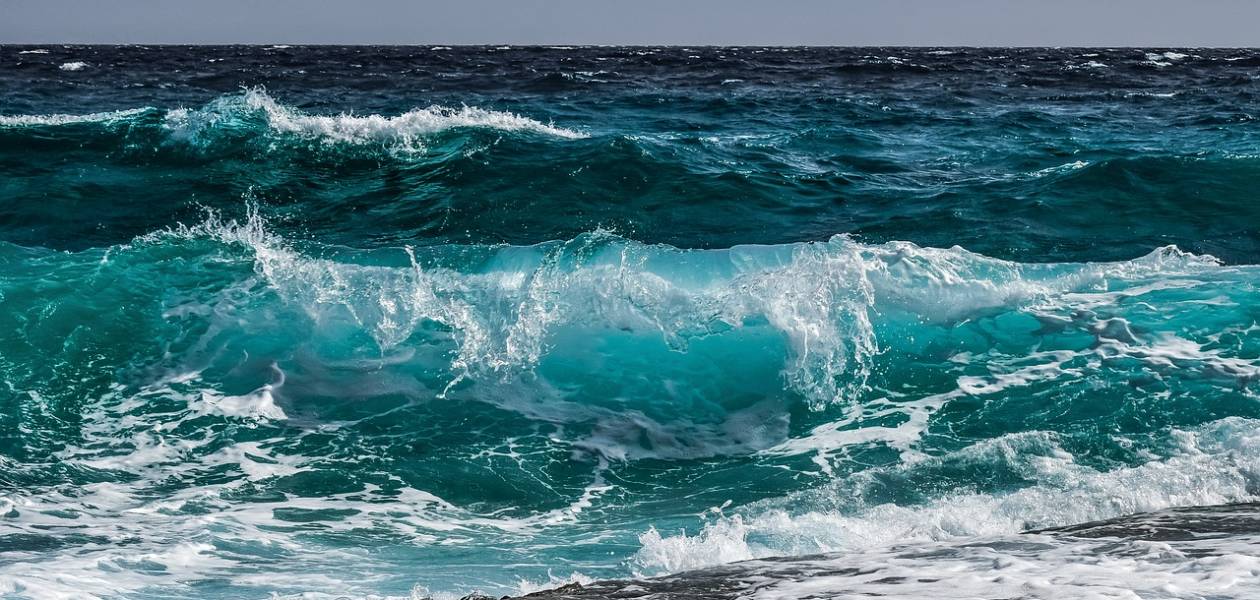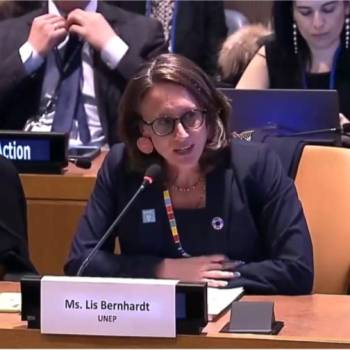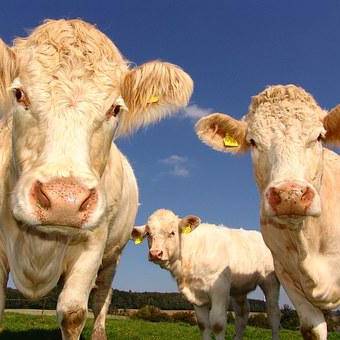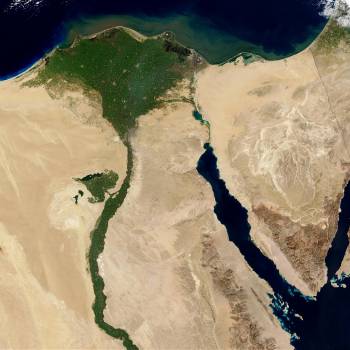
Climate change’s triple impact on seas — warming waters, acidification and decreasing oxygen levels — are a major and increasing threat to Europe’s marine ecosystems. A European Environment Agency (EEA) briefing, published today, looks at main threats to Europe’s seas and points to key actions to improve the situation.
The EEA briefing ‘How climate change impacts marine life’ summarises how increasing levels of greenhouse gas emissions in the atmosphere are affecting marine ecosystems in Europe. Supporting the review of the EU Marine Strategy Framework Directive, the EEA briefing further highlights geographic areas of special concern and actions to support ecosystem resilience.
Climate change affects marine life negatively mainly through its ‘deadly trio’ of making seawater warmer, more acidic, and less rich in oxygen. This summer, global sea surface temperatures were record high and Europe’s regional seas experienced several marine heatwaves. Recent research indicates that climate change could be responsible for up to half of the combined impacts on marine ecosystems.
How climate change impacts marine life
The EEA briefing warns that semi-enclosed seas, shallow areas, and coastal waters in Europe are especially vulnerable to the impacts of climate change. This concerns particularly parts of the Baltic Sea, the Adriatic Sea and the North Sea, the EEA briefing notes.
The overall state of Europe’s seas is degrading but some parts of marine biodiversity show improvements where measures have been put in place and implemented. According to the EEA briefing, this suggests that it may be possible to help individual parts of marine ecosystems, such as individual species or habitats, to recover by reducing specific pressures. This could have positive effects on overall ecosystem resilience.
To support these developments, the EEA briefing highlights the importance of increasing marine protected areas to cover 30% of Europe’s seas, restoring damaged ecosystems, such as seagrass beds, and careful planning of where and how seas are used for human activities, such as energy production, shipping, and tourism, or designated as protected areas. These actions could help Europe’s marine ecosystems and their ability to continue providing much-needed services, including carbon sequestration, food, materials, recreation, and tourism.
Sources :
- EEA - European Environment Agency
Posted on 2023-12-01 16:18








Comments